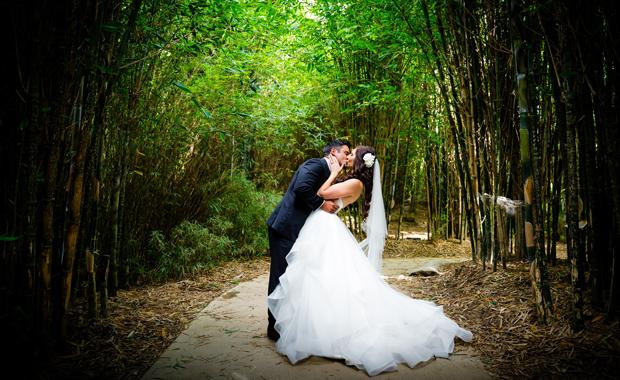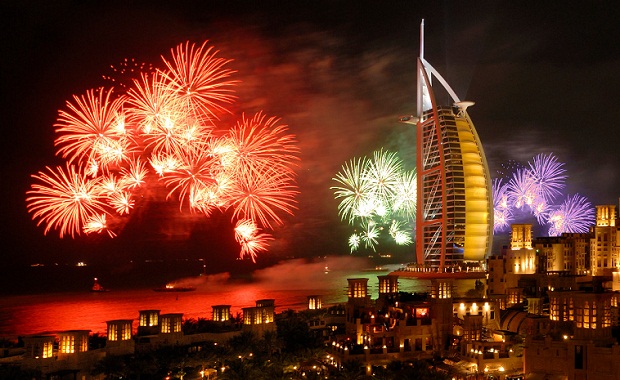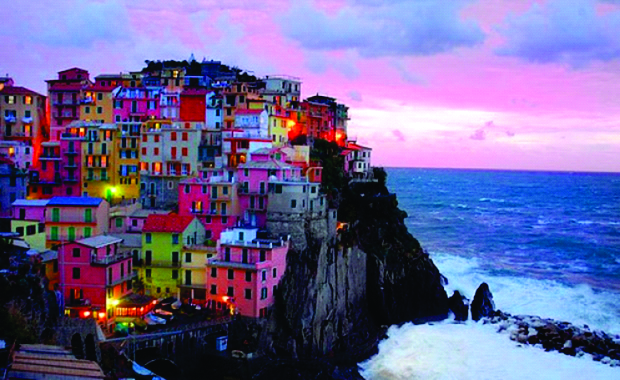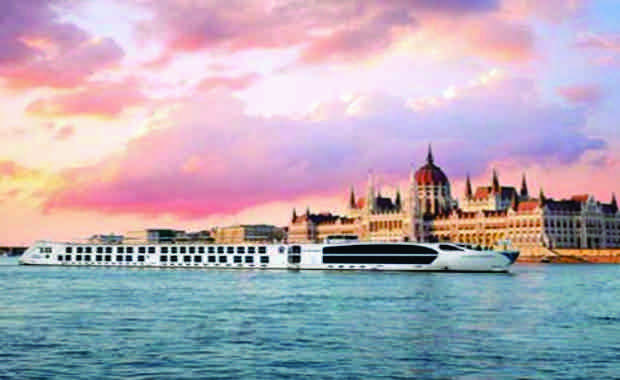Grand France
15 DAYS FROM PARIS TO AVIGNON

For Francophiles in love with the culture, history, cuisine and romance of France, this grand voyage is a dream come true. Soak up the joie de vivre that makes France one of the most adored countries in the world.
Experience France from north to south, sailing three rivers and embarking upon in-depth shore excursions. Walk through Monet’s beloved Giverny, seeing the enchanting grounds that he made famous; kayak under the arches of the 2,000-year-old Pont du Gard outside of Avignon; enjoy a recital of baroque favorites in a 12th-century cathedral in charming Viviers; visit Lyon’s famous Les Halles food market; and have a chance to golf at two historic French golf courses.
From the beaches
of Normandy and the verve and romance of Paris to the sun-drenched vistas of Burgundy and Provence, this itinerary in France is truly sans pareil!
Who will enjoy this cruise
Those who desire a taste of everything—art, architecture, history, culture, fine wine and tantalizing cuisine—all in one grand adventure.
Grand France is a combination of Paris & Normandy and Burgundy & Provence.
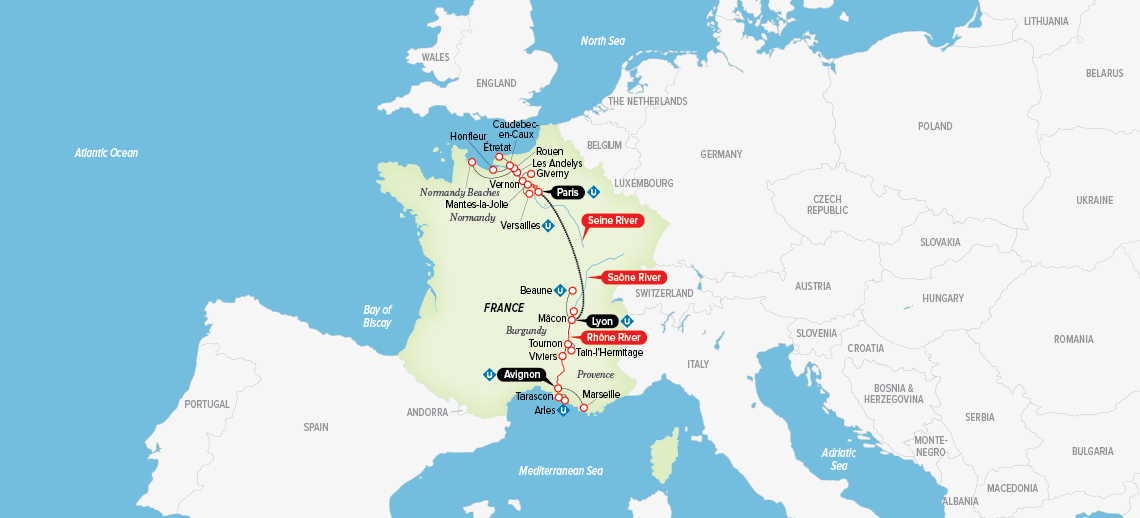

Day To Day Itinerary
DAY 1: Paris (Embark)
DAY 2: La Roche-Guyon, Vernon (Giverny)
Choice of Monet’s gardens at Giverny or Exclusive guided “Let’s Go” bicycle ride to Giverny
DAY 3: Rouen
DAY 4: Caudebec-en-Caux (Honfleur or Étretat)
DAY 5: Rouen (Normandy Beaches)
Choice of Utah and Omaha beaches with Sainte-Mère-Église or Juno Beach or Bayeux
DAY 6: Mantes-la-Jolie (Versailles)
DAY 7: Paris
DAY 8: Paris (Disembark), Transfer to Lyon via High-Speed TGV Train (Embark)
DAY 9: Mâcon (Beaune)
DAY 10: Lyon
DAY 11: Tournon (Tain-l’Hermitage)
DAY 12: Viviers
DAY 13: Avignon
DAY 14: Tarascon (Arles or Tarascon)
DAY 15: Avignon (Disembark)

All Inclusive Amenities

DINING
- All meals onboard, prepared using the finest and freshest ingredients
- 14 breakfasts, 11 lunches, 14 dinners
- 2 Captain’s Welcome and 2 Captain’s Farewell Receptions
- 2 Welcome and 2 Farewell Gala Dinners
- Unlimited beverages onboard, including fine wine, beer, spirits, soft drinks, specialty coffee and tea, and mineral water

EXCURSIONS
- 12 days of excursions, including “Choice Is Yours” options, all fully hosted by English-speaking local experts
- Guided “Go Active,” “Do as the Locals Do,” “Village Day” and “Gentle Walking” options
- State-of-the-art Quietvox portable audio-headset system on all excursions
- Use of bicycles and Nordic walking sticks

ACCOMMODATIONS
- 14-night cruise in a riverview stateroom on the alluring S.S. Joie de Vivre and the striking S.S. Catherine
- Lavishly appointed riverview staterooms and suites have handcrafted Savoir® of England beds, high-thread count 100% Egyptian cotton sheets and European duvets, and a menu of pillow options
- Free Internet and Wi-Fi access

EXPERIENCES
- 1 country: France
- 4 UNESCO World Heritage sites
- Services of an experienced Uniworld Cruise Manager
- All transfers on arrival and departure days
- All gratuities, both onboard and onshore
- First class TGV train between Paris and Lyon
- Captivating onboard local entertainment
- Cultural enrichment, including 2 Signature Lectures
- Exclusive Connoisseur Collection and Generations Family Programme on select summer departure

